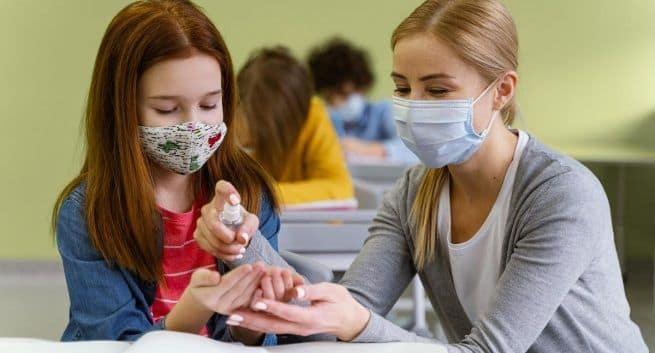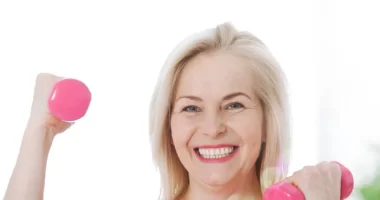
Ever since the onset of the pandemic, the world has expanded and shrunk in undefined ways. Before people could rise about the grief caused by the first wave of Covid-19, the second wave struck the world like a storm. It caused a rapid surge in coronavirus cases, and the current situation ravaging is far worse than it was last year. The new variant of the virus is not only leading to complications but is dangerous for the kids as well. The coronavirus strain can easily affect children, which has raised concerns in the country, and there is no vaccine available for kids yet.
Common Symptoms Of New Covid Strain In Children
Reports suggest that the coronavirus infection is spreading in children up to 14 years of age. It is crucial that parents pay close attention to the common symptoms of Covid in children. The signs of the disease in children might be very different from those experienced by adults, and some even are asymptomatic. While the classic symptoms remain the same in children, including fever, headache, cough and cold, there are some uncommon symptoms that you need to know.
Multisystem Inflammatory Syndrome (MIS-C) In Children
According to Harvard Health, MIS-C is a serious condition linked with coronavirus, which can lead to life-threatening problems. It can cause inflammation in many organs, including the heart, lungs, kidneys, brain, skin, eyes, and gastrointestinal organs. Symptoms of MIS-C include fever lasting more than a few days, rash, bloodshot eyes, stomachache, vomiting, diarrhoea, red, cracked lips, neck pain, swollen hands and feet, irritability, sleepiness, or weakness. The signs of this condition may resemble many other health problems, so it is better to get a physical examination done as soon as you notice any symptoms.
Other Uncommon Signs Of Covid In Kids
While the common symptoms such as fever are known, the lesser-known symptoms of covid in children include red, cracked lips, bluish tint on lips or face, sleeplessness, or loss of appetite. If left unnoticed, the condition may deteriorate and lead to some severe form of the disease. It can even affect the lungs of these children and lead to pneumonia. So, it is crucial to look out for the signs of coronavirus in children to avoid complications.
How To Keep Children Safe From Covid-19?
It is important to follow precautions to safeguard your children against deadly infection. Here are some ways you can do that:
- Be vigilant and make sure your kid is following all precautions such as wearing masks, sanitizing their hands from time to time and maintain social distance.
- Feed them all essential nutrients, including vitamin B complex, vitamin C, D, calcium and zinc, to boost their immunity.
- Make sure your children do some physical activity even if they are at home.
- Disinfect commonly used surfaces to avoid infection.
- Isolate yourself if you notice any symptoms in your body such as cough, cold and fever.
- Do not neglect any symptoms in children.
- Immediately consult a doctor your doctor if you notice any symptoms in your child.
This post first appeared on The Health Site








